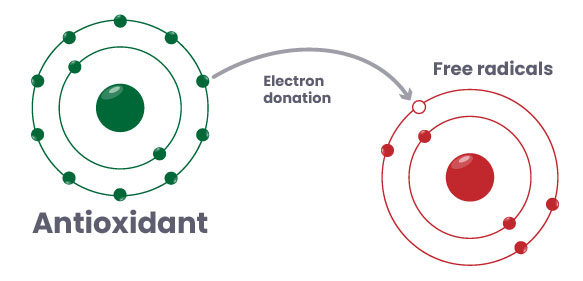Physical activity and correct nutrition help lay the foundations for optimizing health.
Regular exercise not only helps prevent the onset of degenerative diseases, but can also improve disease variables (18).
For example, diseases comorbid to COVID19, such as hypertension, obesity, diabetes and chronic lung diseases, are associated with admissions to intensive care and with more severe courses of the disease.
These conditions in turn are very frequently related to less regular physical activity (14).

At the same time, proper nutrition is an essential requirement for effective improvement of exercise, conditioning, recovery from fatigue after physical activity, and injury prevention (1).
Recently, food components with physiological actions have been called “functional foods” and the effects of such foods have been scientifically investigated.

Enikia © contains functional foods in its formula such as glycine, an excitatory neurotransmitter of the nervous system.
Glycine is important in obtaining strength in the muscles, supporting the generation of muscle mass through protein synthesis, collagen, the production of growth hormone and in the production of energy in our body.
Additionally, glycine supplementation has been shown to reduce lactate production during exercise, resulting in less muscle soreness after intense exercise (5).
Enikia © also contains arginine, which contributes positively to physical activity through the synthesis of nitric oxide and creatine to increase physical performance and muscle strength (1).
During intense physical exercise, oxidative processes and reactive oxygen and nitrogen species can increase, which requires the existence of an extra stimulus for antioxidant defenses, for this, Enikia® contains one of the most powerful natural antioxidants, which is resveratrol, which, accompanied by the detoxifying amino acid called cysteine, helps protect the body during exercise against the potential damage of increased oxidative stress (13, 19, 22).

Finally, Enikia © has shown in research that the patented formula can reduce the formation of visceral fat in diabetes models, also controlling glucose levels, so it could support health improvement processes through changes in habits and exercise in healthy people and especially in people who are being treated for diseases such as diabetes and obesity (1).


